The mesmerizing beauty of the cascading Jog falls, the living ruins of Hampi, the grandeur of Mysuru Dasara—all these things are united by the beautiful language of the land—Kannada.
A traditional Dravidian tongue, Kannada is mainly used in the state of Karnataka.
It is one of the 22 scheduled languages in India and is the official and administrative language of the state of Karnataka.
As of 2011, there are approximately 56.9 million speakers in the nation and overseas, consisting of 43 million native speakers and 12.9 million non-native speakers.
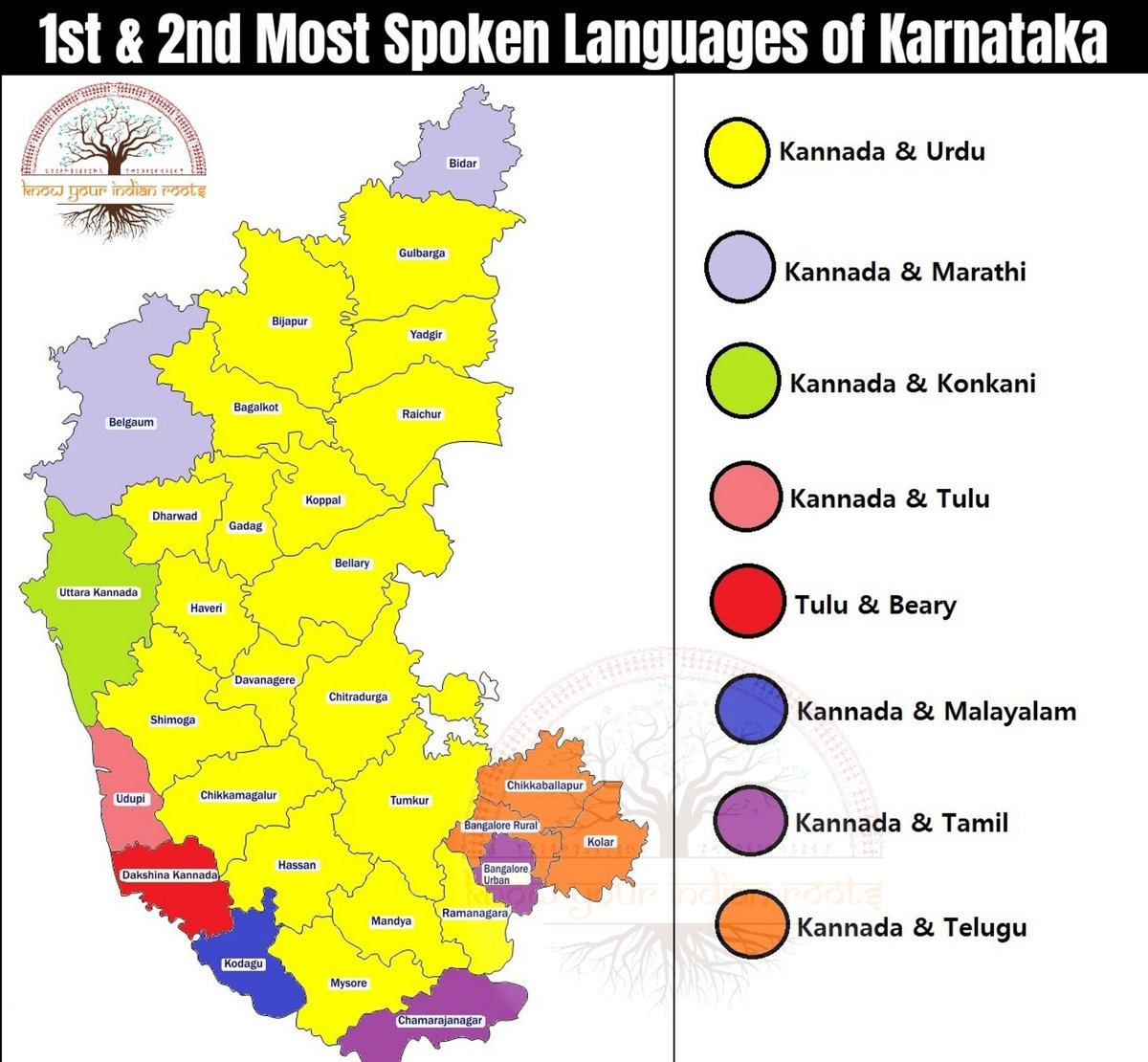
Origins of the Kannada language
Kannada is written using a script that evolved from the 5th-century Kadamba script. It is also famously known as the Halmidi inscription, which is the oldest known Kannada language inscription, which dates back to the late 5th and early 6th century.
The Kannada script is closely related to the Telugu script, as both emerged from the Old Kannarese (Karnataka) script.
Where is the Kannada language spoken?
Apart from the state of Karnataka, which is home to the majority of Kannada speakers, the language is also spoken in a number of North Indian states as well as the neighboring states of Tamil Nadu, Telangana, Andhra Pradesh, Kerala, Goa, and Maharashtra.

The kannada language that boasts such a rich history also houses some very interesting facts.
Let’s explore them now, shall we?
Here are 10 interesting facts about kannada language
1. Every word ends with a vowel
The Kannada script has a total of 49 letters, which includes 15 vowels and 34 consonants. It has many loanwords from Sanskrit, Prakrit, Perso-Arabic, and more recently, English.
But any word written in the Kannada script ends with a vowel. Go ahead, try saying some words out loud!
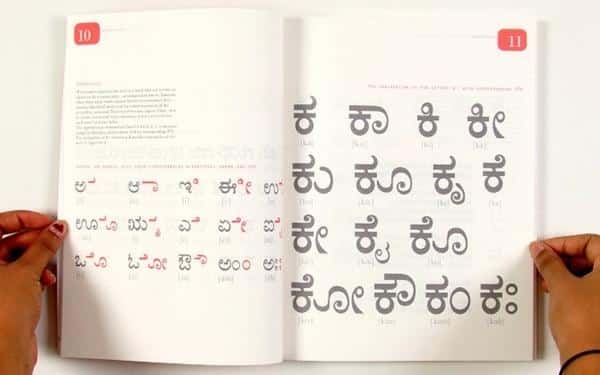
Fun fact: There are no silent letters in Kannada.
Also read: 10 Interesting Facts About The Bengali Language
2. Obsolete Kannada Letters
Kannada literary works used the letters ಱ (transliterated “rh” or “lh”) and ೞ (transliterated “rh,” “lh,” or “zh”), the articulation of which is most likely comparable to modern Malayalam and Tamil.
In the 12th and 18th centuries, respectively, the letters ceased to be used. Later Kannada compositions used the letters ರ (ra) and ಳ (la) in place of “rh” and “lh,” respectively.
The retroflex vowels of the Badaga language are represented by a vowel + virama + in the writing system that is still in use today.
The below stanza from Pampa’s Pampa Bharata (written in the 10th century) makes use of all five letters ರ (ra), ಱ (ṟa), ಲ (la), ಳ (ḷa) and ೞ (ḻa).

3. It is one of the oldest languages in the country
Kannada has an unbroken literary history of over a thousand years, making it one of the oldest languages in the country.
The Kavirajamarga of Nripatunga, written in the ninth century CE, was the first work of Kannada literature. Pampa’s Bharata came next (941 CE). The earliest existing grammar was created by Nagavarma in the early 12th century, and Keshiraja’s (1260 CE) grammar is still revered today.
Below is an excerpt from the Kavirajamarga.
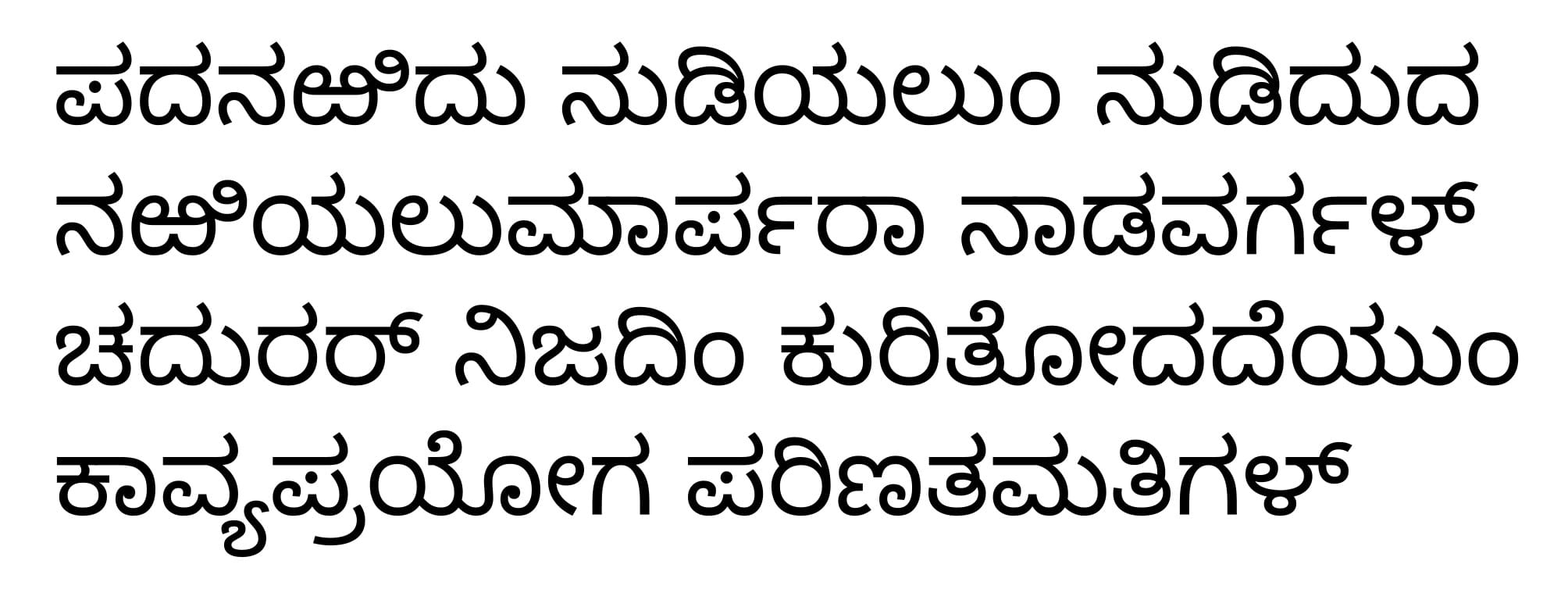
Kannada was designated a classical language by the Government of India in 2008.
Also read: 10 Mind-Boggling Facts About The Malayalam Language
4. Kannada language manuscripts
One of the earliest surviving manuscripts from Karnataka is the Dhavala Jain writings kept at Mudubidire Basadi. It is written using an ancient Hoysala-era variant of the Kannada script. An early date for the Dhavala text is the ninth-century CE.
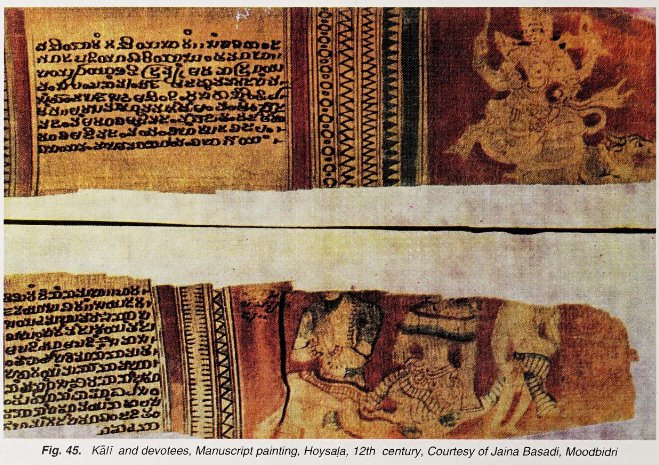
5. Words in a Greek play
The Charition Mime is a Greek theatre play that may be found in Papyrus Oxyrhynchus 413. It roughly dates to the second century BCE.
One of the skit’s most intriguing elements is the emergence of several characters who have chatted in strange tongues. This language may represent Kannada in whole or in part. It was inserted because the audience at the time, who did not comprehend it, would find it entertaining.
The manuscript was found in Egypt, where the play was probably performed.
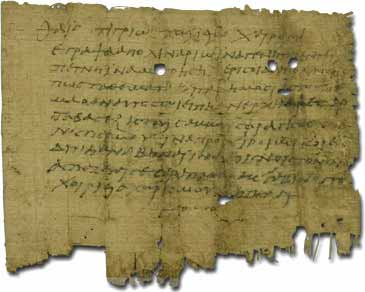
Also read: What Languages Are Spoken In The Greece
Connect With Kannada Speaking Customers In Their Native Language
Milestone helps you seamlessly translate content & localize your website, products, and services for more reach, better conversions, and greater sales.
Get in touch with us for a special discount.
6. Dictionary made by a foreigner
The oldest known dictionary in the language was composed by the poet Ranna in 990 C.E., which is called RannaKanda (ರನ್ನಕಾಂಡ). There have been many dictionaries written since then.
But the first Kannada-to-English dictionary was written by Ferdinand Kittel in 1894. It was composed of 70,000 words.
Fun Fact: A neighborhood in Bengaluru, which is famously known as Austin Town, was named after Kittel.
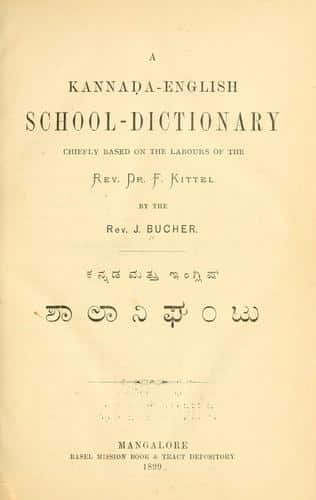
Also read: What Are The Fastest Growing Languages?
7. The second-highest number of Jnanpith awards
The Jnanpith award is the oldest and highest literary award presented to an author for their “outstanding contribution towards literature” in India.
The award tally for Kannada literature stands at 8, with the latest win in 2010.
Kuvempu won the first Jnanpith award for the language, for his most popular work and the magnum opus ‘Sri Ramayana Darshana (ಶ್ರೀ ರಾಮಾಯಣ ದರ್ಶನ) in 1967.
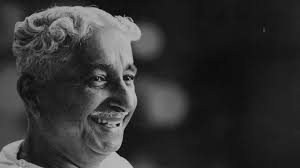
Kuvempu also penned the state anthem, “Jaya Bharata Jananiya Tanujate.”
8. Kannada language dialects
Spoken Kannada tends to vary from region to region, whereas the written form is consistent more or less throughout the state.
Kannada has three major dialect categories, namely Mangalore Kannada (coastal dialect), Dharwad Kannada (northern Kannada), and Bangalore Kannada.
Mangalore Kannada sounds very formal and respectful to the listener. It is often heard with Tulu, which is spoken by different communities in Tulu Nadu.
Dharwad Kannada might sound loud and rough to non-natives. In Bangalore, Kannada is primarily spoken by youths and locals in casual conversation. This slang is picked up by the outsiders who live in the city.
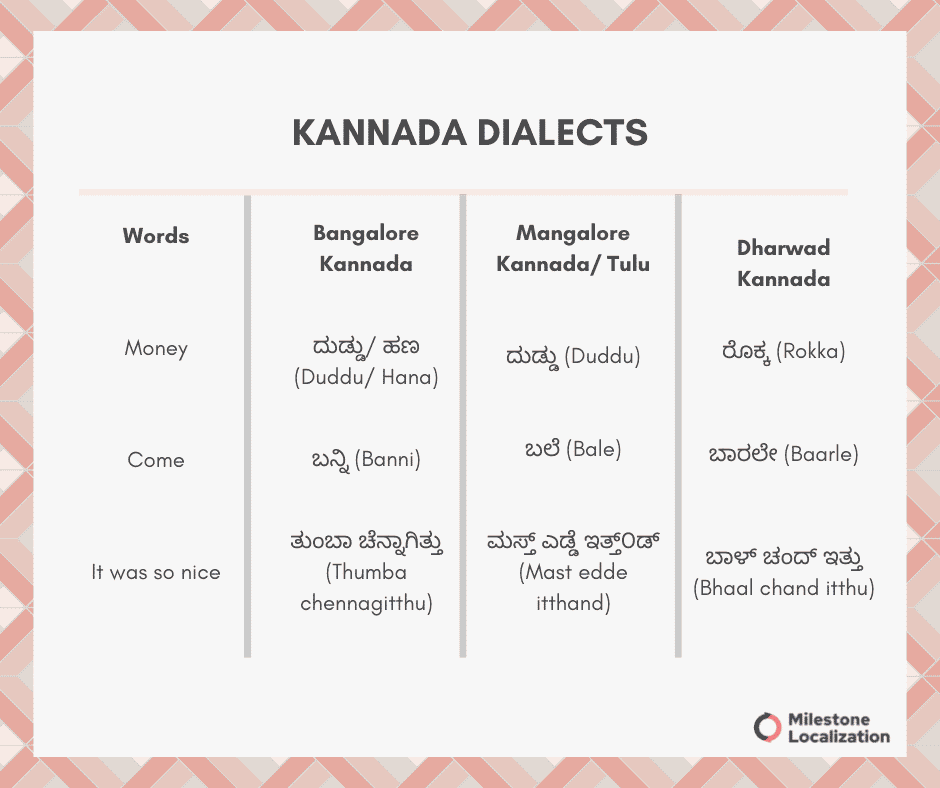
Also read: Top Languages Spoken In Mumbai
9. Kannada is almost logically perfect
Each symbol written using the Kannada script corresponds with one syllable. So, one can say that the script is syllabic.
It means, whatever you write using the Kannada script will be read the same by everyone who knows Kannada and whatever is spoken is written the same.
It is one of the 18 language scripts from which a glyph has been added to the Wikipedia logo. Others include Tamil, Bengali, and Devanagari.

10. New Gen Slang
Kannada now features many new generation words that provide previously used phrases with entirely new meanings and connotations following the times. Their popularity has only increased thanks to movies and social media.
Boss: Term of address. While the term formally addresses the person of authority at a workplace, it is used to call friends, auto drivers, waiters, conductors, etc.
Chitranna: Despite being the name of a dish, the phrase, depending on the situation, can refer to a job well done or otherwise.
Simp-simply: translated from the Kannada sum-sumne, meaning for no reason.
Ond kelsa maadi– Any person looking for directions in the state will hear this as a conversation starter.

The Kannada letter ಠ ( ṭha) is utilized in the “look of disapproval” (displayed as “ಠ_ಠ”), a common emoticon used to communicate disapproval or contempt, as a result of its resemblance to an eye and an eyebrow.
Also read: How Many Languages Are Spoken In Bangalore?
Conclusion
The Kannada language is as intriguing and adaptable as Karnataka. The language is very dear to people’s hearts and is associated with many different feelings. Therefore, they always appreciate it when someone makes the effort and time to learn it.
By localizing international content for the Kannada language, the state’s older and younger generations could be influenced. You can get your content translated into Kannada by a reliable translation agency and reap the benefits.
Connect With Kannada Speaking Customers in their native language
Translate your content & localize your website, products, and services for more reach, better conversions, and greater sales.
Get in touch with us for a special discount.




